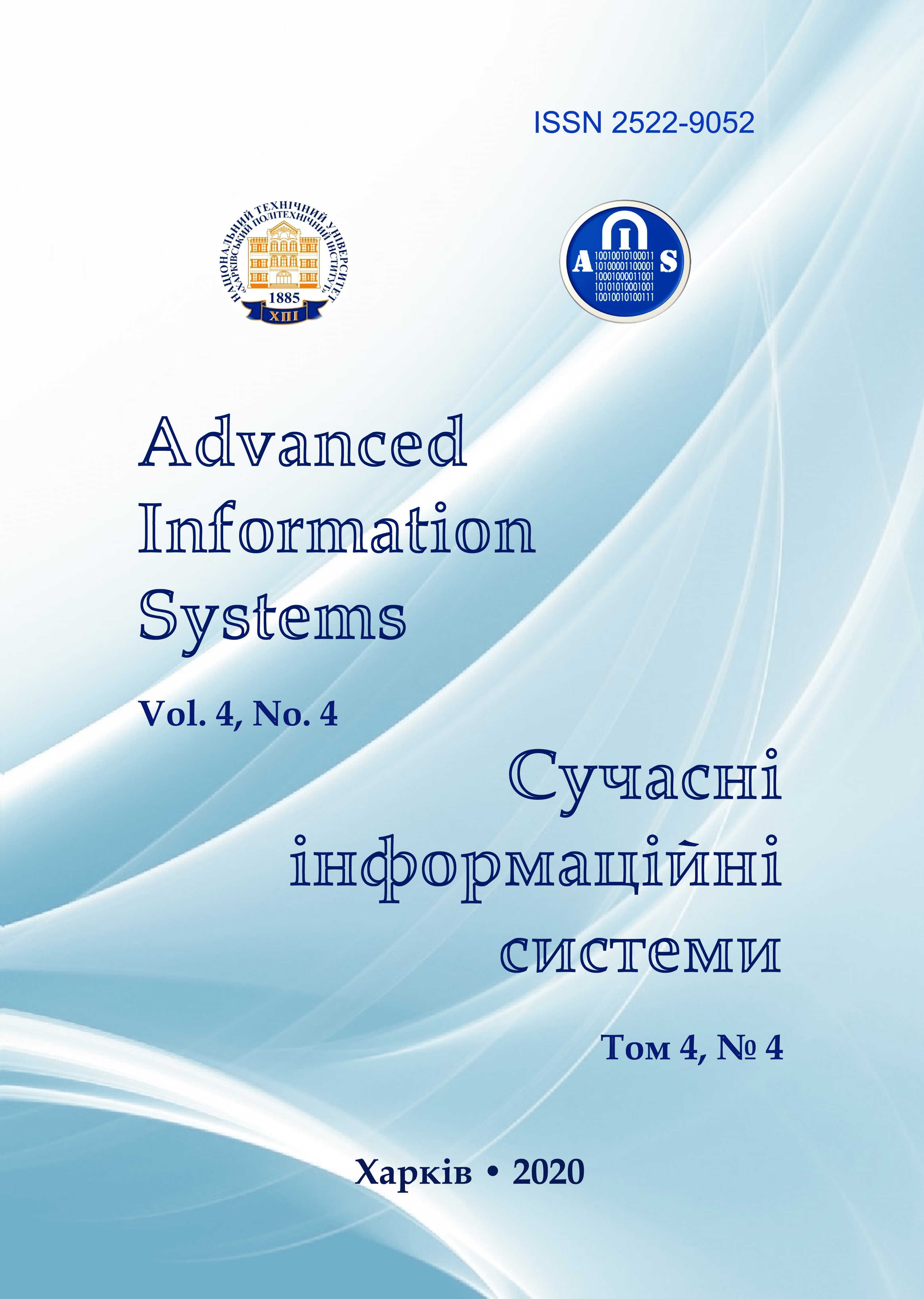Decision support methods in optical research
Main Article Content
Abstract
Decision support methods are developed for the problems in applied optics in which it is necessary to make decisions about image quality and its compliance with the requirements that are determined by its further use. The choice of the calibrated theoretical image on which correctness of carrying out of settlement work is checked is discussed. An algorithm according to which the obtained numerical image is improved is given. The paper identifies the disadvantages of machine vision systems, such as defects in system elements, system debugging, noise, unsuccessful experimental scheme that reduce the quality of the experimental image. To establish the relationship between the causes and consequences of defects, a table with the causes of the defects formation in the diffraction pattern according to the scheme of Ishikawa is builded. The quality and ways to improve the experimental image are established using a Pareto diagram. Improvement occurs iteratively and allows to improve gradually the image quality to the maximum possible value in the experimental scheme. Two stages of decision-making are introduced - the first determines the perfection of the experimental image, and the second its acceptability as the main result of the work according to experts’ opinion. The completeness of the alternatives in the analysis is given by the recommendations for further action, and the magnitude of the error due to a combination of two methods: Pareto diagram and experts opinion does not exceed 5 %.
Article Details
References
Bidyuk, P.I. and Korshevnyuk, L.O. (2010), Design of computer information systems for decision support, NTUU "KPI", Kyiv, 340 р.
Turko, D.A. (2009), “Taking into account the conditions of uncertainty and risk in the decision-making process in the field of high-tech production”, Open information and computer integrated technologies, Vol. 43, pp. 180-187.
Strelkova, T., Lytuyga, A., Kalmykov, A., Khoroshun, G., Riazantsev, A. and Ryazantsev, O. (2020), “Influence of a signal description model on the calculations of the efficiency indicators of optoelectronic systems”, Eastern-European Journal of En-terprise Technologies, Vol. 4, no. 5 (106), pp. 41-50.
Khoroshun, G., Luniakin, R., Riazantsev, A., Ryazantsev, O., Skurydina, T. and Tatarchenko, H. (2020), “The Development of an Application for Microparticle Counting Using a Neural Network”, Proc. of the 4th Int. Conf. on Computational Linguistics and Intelligent Systems (COLINS), Vol. I: Main Conference, pp. 1186-1195.
Flores-Fuentes, W., Lopez, M., Hernandez-Balbuena, D., Sergiyenko, O., Rodríguez-Quiñonez, J., Rivera-Castillo, J., Lindner, L. & Basaca-Preciado L. (2020), “Applying Optoelectronic Devices Fusion in Machine Vision: Spatial Coordinate Measure-ment”, Natural Language Processing: Concepts, Methodologies, Tools, and Applications. IGI Global. pp. 184-213
Khoroshun, G. (2019), "Model of providing services for the use of optical laboratory in the individual needs of the customer", Bulletin of the East Ukrainian National University named after Volodymyr Dahl, Vol. 8 (256), pp. 118-22.
Matveev, А.А. (1988), Optics, Mir, Moscow, 445 p.
Ryazantsev, O., Khoroshun, G., Riazantsev, A., Ivanov, V. and Baturin, A. (2019), “Statistical Optical Image Analysis for Information System”, Proc. of 2019 7th Int. Conf. on Future Internet of Things and Cloud Workshops (FiCloudW), Istanbul, Turkey, IEEE 2019, pp. 130-134, DOI: https://doi.org/10.1109/FiCloudW.2019.00036.
Savinkov S. (2020), Pareto Law or Principle 80/20, available to: http://www.f-abp.ru/kino.php.
Ganna Khoroshun (2020), “Diffraction phenomenon description method based on by the topological objects set and the algo-rithm for distinguishing the minimum from zero intensity”, Advanced Information Systems, Vol. 4, No. 3, pp. 17-21, DOI: https://doi.org/10.20998/2522-9052.2020.3.03
Khoroshun, A., Chernykh, A., Kirichenko, J., Ryazantsev, O. and Bekshaev, A. (2017), “Singular skeleton of a Laguerre–Gaussian beam transformed by the double-phase-ramp converter”, Appl. Opt., Vol. 56, Iss. 12, pp. 3428-3434
Lamperska, W., Masajada, J., Drobczyński, S. and Wasylczyk, P. (2020), “Optical vortex torque measured with optically trapped microbarbells”, Appl. Opt., Vol. 59, pp. 4703-4707.
